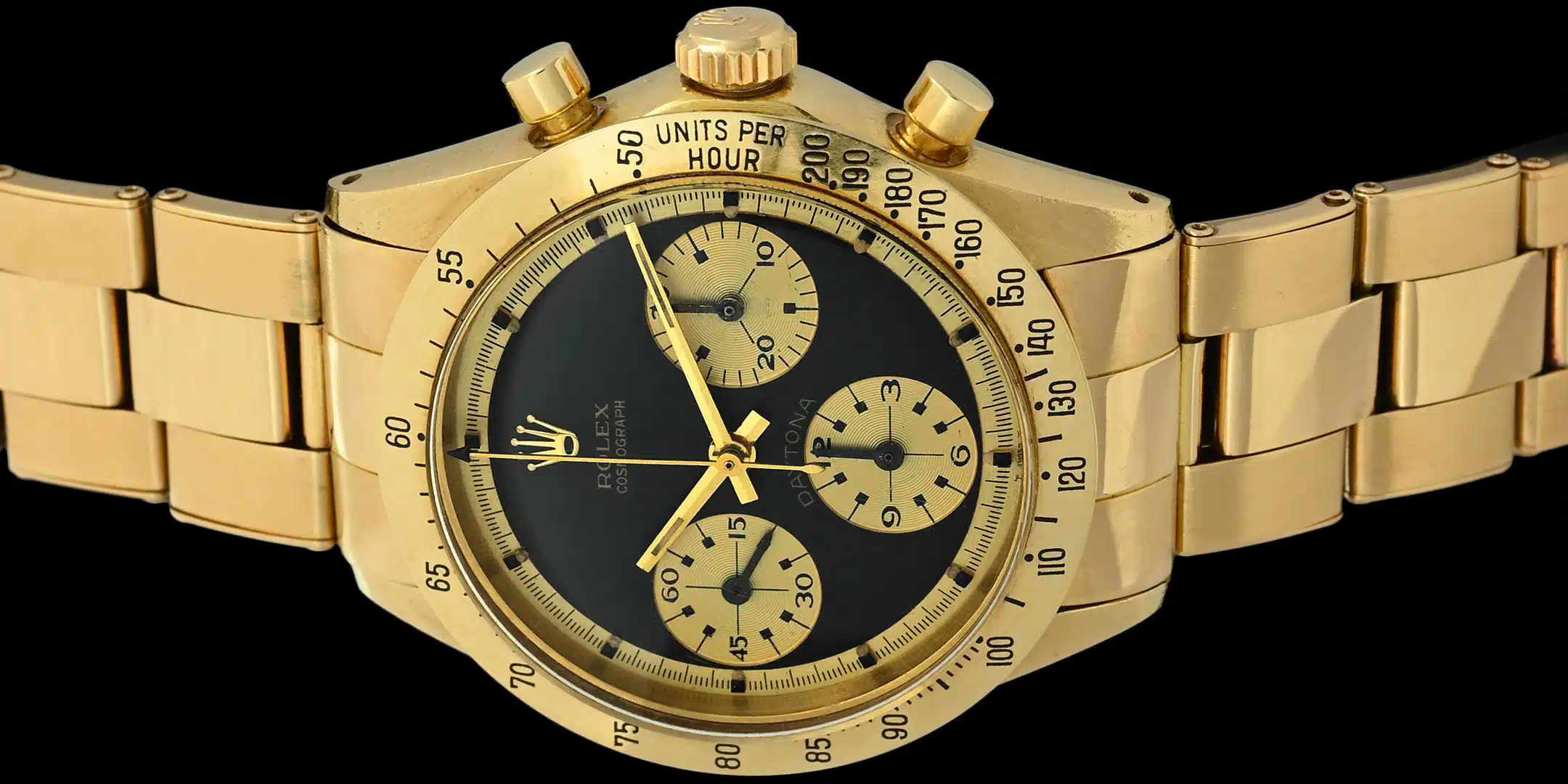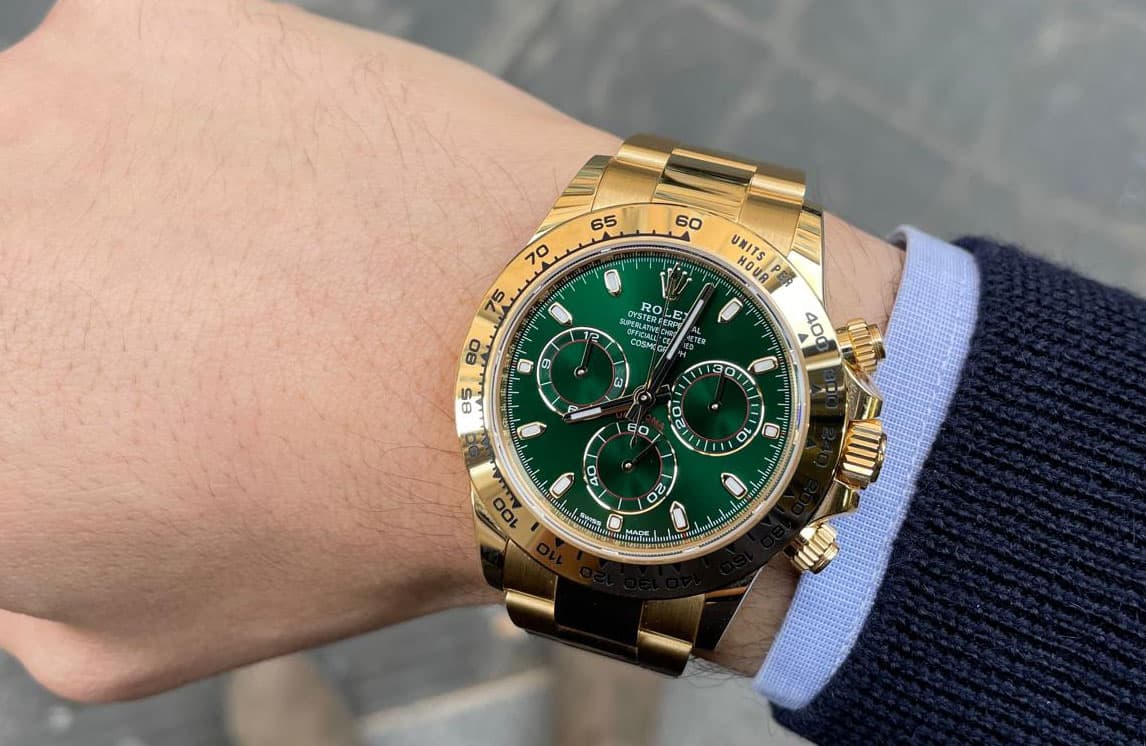he most beautiful of all Paul Newmans and the most beautiful of all Lotuses: sharing a black and gold livery.
It was May 21, 1968, when the Lotus 79 made its debut in the Zolder Grand Prix with future world champion Mario Andretti at the wheel. Two marks that distinguished it: the first was that it was the first car designed to take advantage of ground effect, a technical choice that would make it unbeatable from then on; the second was the unquestionable elegance of its forms, accentuated by the most beautiful livery a racing car has ever shown, so much so that it was given the nickname "Black Beauty." We are talking about that magical John Player Special color, with black bodywork and gold decorations, that will make it unmistakable but most of all still unforgettable today.
History tells us how in fact the sponsorship on the Lotus cars of the famous brand owned by Imperial Tobacco, began with the Gold Leaf logo on the 49 model at the 1968 Spanish Grand Prix, moving in 1972 to the John Player Special brand in black and gold until 1978 and then from 1981 to 1986. The subsequent return to the Circus thanks to the investment of Geni Capital, which bought Renault's shares, brought this fantastic color scheme back to the grid from 2011 to 2015 (despite the absence of the John Player Special lettering), before handing the team back to the French manufacturer in 2016.
But what links the unforgettable Lotus with the Daytona? Once again, there are two points of contact: the first is the exclusively black and gold livery, a sign of elegance and recognizability, which in the Rolex chronograph finds its materialization with the black dial and the golden subdials as well as the outer rim was golden: the second is the unmatched and unquestionable elegance.
It therefore seems only natural that the Daytona with its gold case and exclusively black and gold "Paul Newman" dial (thus without a trace of white or red) was dubbed the "John Player Special." Too many similarities, but above all identical elegance, that unquestionable "Black Beauty" that has declared it by popular acclaim as the most beautiful of all Daytona's made to date.
Combine this with its extreme rarity, both because of the gold case and the dial itself, mounted mainly on Reference 6241 but also on 6239 and 6264, we are not surprised if the quotations touch the million euro mark, as is the case with the piece photographed. This is an important figure, but one that could hold some surprises for collectors, as the ever-increasing demands especially from the Asian side, could lead to a further increase in its value: new enthusiasts, in fact, often with very high disposable income, are moving towards the upper end of vintage modeling, preferring absolute quality, rarity and beauty of individual pieces.
From a historical point of view, let us recall that reference 6241 was produced indicatively between 1966 and 1969, with less than 3,000 examples in total, one-tenth of them in 18-carat yellow gold, and even fewer in the 14-carat variant that often houses the JPS dial. Even smaller numbers for the 6239 visible on these pages
It should be highlighted, finally, that it is the small variations in the most important and well-known references, such as in this case the color of the dial, that make certain models particularly rare and important for enthusiasts and connoisseurs of Haute Horlogerie. These continuous often to most invisible variations are, on the one hand, a sign of the refinement and modification work that has always accompanied the most important and prolific brands, and on the other hand, they become a source of interest for collectors always in search of the distinctive mark and the unique piece. Under this perspective the Daytona "John Player Special" should be evaluated: a model that because of its extreme rarity could be considered every time as a kind of "unique piece," a very rare expression of that taste and elegance that have decreed the success of the Daytona for decades. If one then tries it on the wrist, it is impossible not to be surprised and captured by its undeniable "Black Beauty."
l Daytona Paul Newman John Player Special up for auction.
6241 1969 Phillips Geneva May 13-14, 2017 strap 730,000 CHF
6241 1968 Christie's New york December 7, 2017 strap $672,500
6241 1969 Christie's Dubai March 23, 2018 strap $348,500
6241 1969 Antiquorum Geneva May 13, 2018 bracelet 569.00 CHF
6241 1968 Christie's New York December 6, 2018 bracelet $552,500
6241 1968 Phillips New York December 10, 2019 strap $758,000
6241 1969 Phillips Geneva May 11-12, 2019 strap 800,000 CHF
6241 1969 Phillips Geneva November 7, 2020 bracelet 780,200 CHF
6241 1969 Phillips Geneva June 27-28, 2020 bracelet 1,040,000 CHF
6264 1969 Sotheby's Geneva June 31, 2020 bracelet GBP 1,215,000
6241 1968 Phillips Hong Kong November 25-26, 2021 strap HK$13,560,000
6241 1969 Phillips New York December 11-12, 2021 bracelet $1,240,000
6241 1968 Sotheby's New York June 10, 2021 strap $625,000
6241 1969 Phillips Geneva May 7-8, 2022 strap 852.800 CHF
6241 1969 Sotheby's Geneva May 14, 2023 bracelet CHF 2,238,000
FOR MOTOR APPASSIONATES The Lotus Type 79 that won the Formula 1 world championship with Mario Andretti will go on sale at Bonhams on Nov. 25 in Abu Dhabi inconjunction with the Formula 1 Grand Prix of the same name.
This is one of the most important and evocative Formula 1 cars of all time, the 1978 John Player Special Lotus-Cosworth Type 79 driven by U.S. racing superstar Mario Andretti.
This historic car - chassis 79/4 - was the actual car in which Andretti memorably beat every opponent to win the Dutch Grand Prix at Zandvoort and then claim his 1978 Formula 1 world drivers' title in the following Italian Grand Prix at Monza. It has an estimate of $6,500,000-9,500,000.
Known as the "Black Beauty" for its beautiful aerodynamic appearance and distinctive "JPS" sponsor livery in black and gold, Team Lotus' Type 79 was introduced to the Formula One arena for the 1978 season. The car's history had immediately caused a stir, with 20 appearances in 11 Grands Prix, collecting six wins and five podiums, as well as 10 pole positions and five fastest race laps, including two set by Andretti. The Type 79 helped Lotus achieve the most wins in a single season, with Andretti and his teammate "Super-Swede" Ronnie Peterson scoring four one-two wins, earning them the nickname 'Mario and Ronnie Train'

